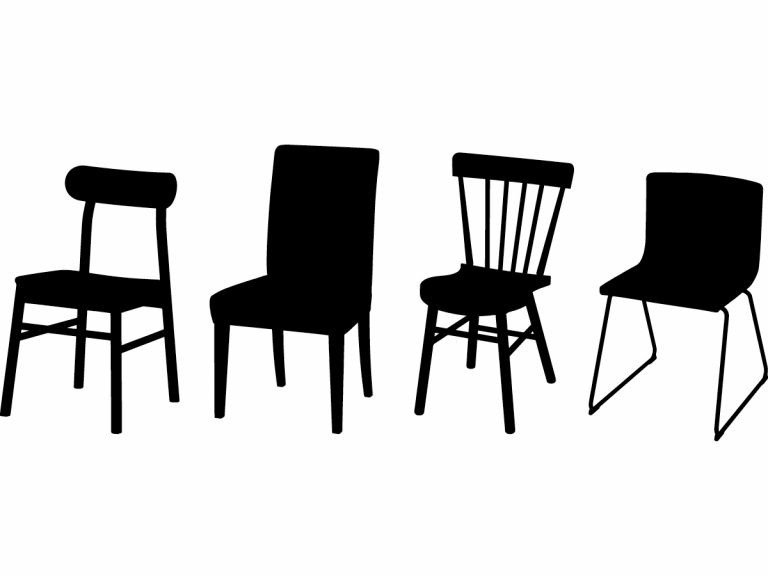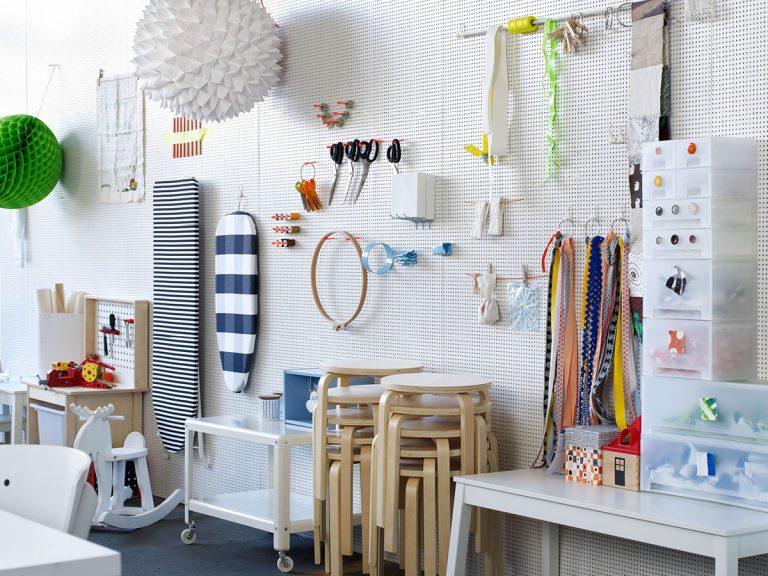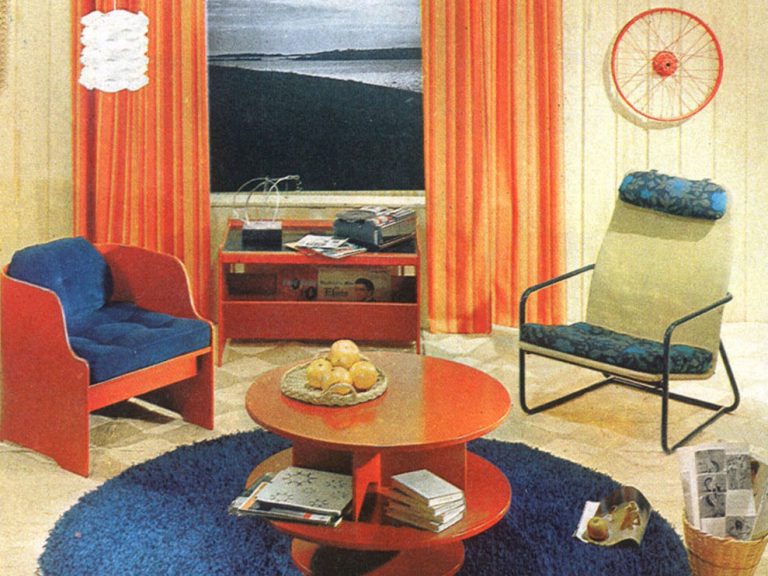What’s ‘in’ this autumn? Pale pink or bright orange? Brass or stained oak? As a consumer, it can be tough to navigate among all the fleeting trends. IKEA is of course aware of what’s hot and what’s not, but prefers to hold loosely onto the reins of fashion. Mats Nilsson is today a curator at IKEA Museum. He has worked at IKEA for many years, including as an interior designer at the Kungens Kurva store in Stockholm, and as product developer and creative leader at the design department in Älmhult. He says that the company’s designers and product developers monitor the wider world in all kinds of ways; for instance by visiting furniture fairs and trend seminars.
Trends?
What trends?
How to be trendy in moderation.
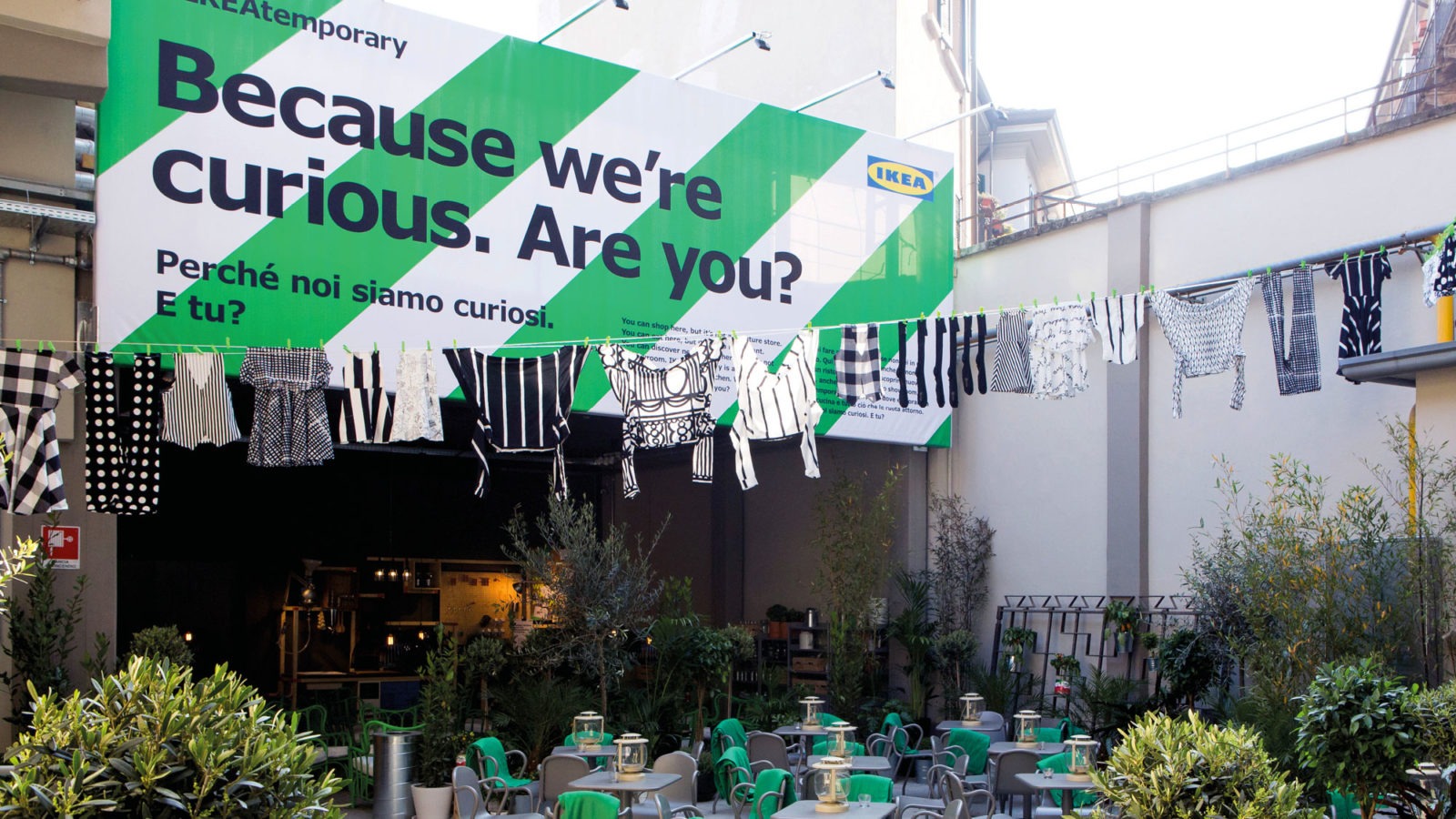
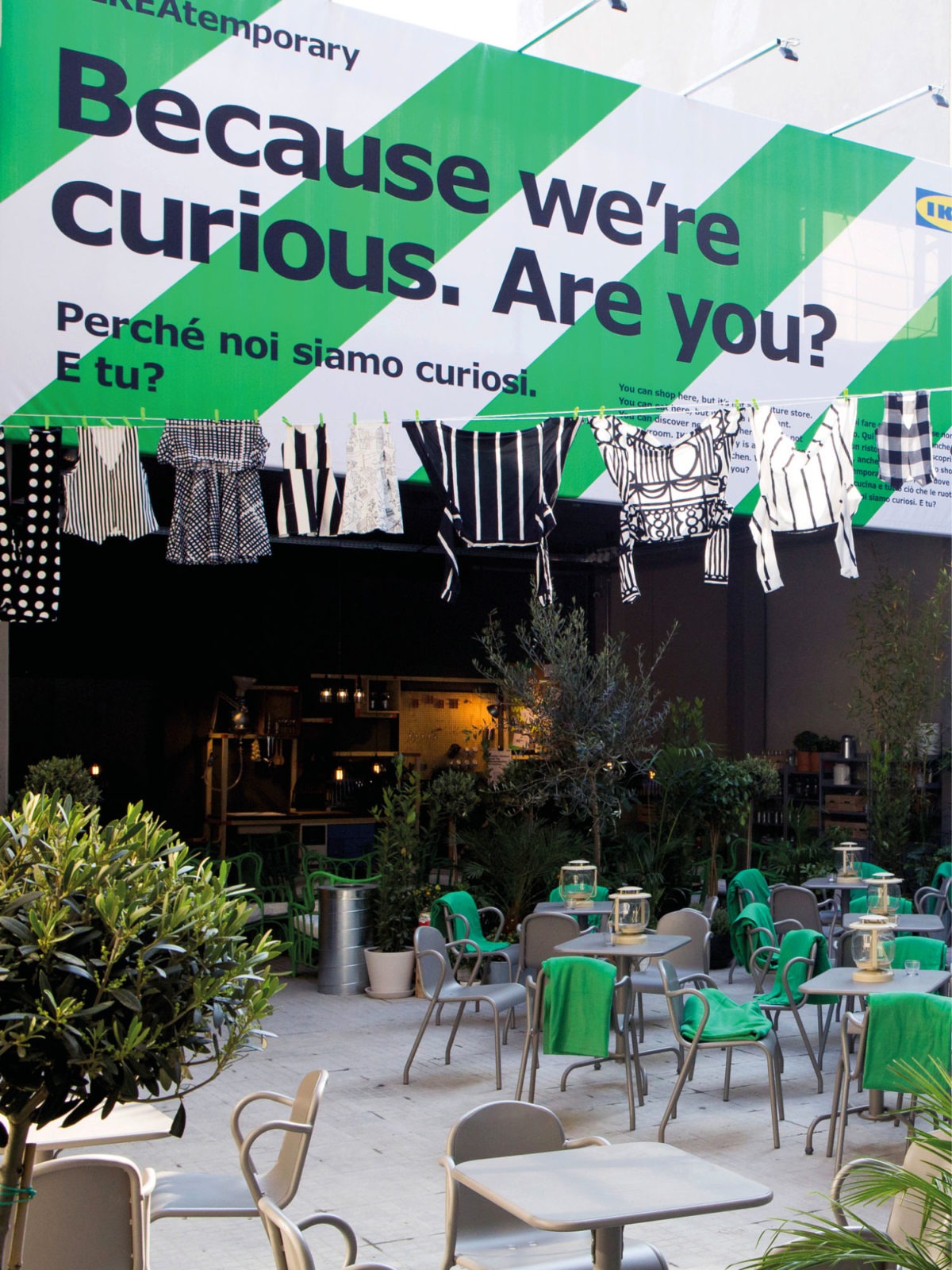
Does IKEA care about trends? Yes and no. Of course, IKEA wants to be curious and reflect the times, but fundamental needs are always more important than temporary trends. “We believe that timeless furniture is more sustainable in the long run,” says Mats Nilsson at IKEA.

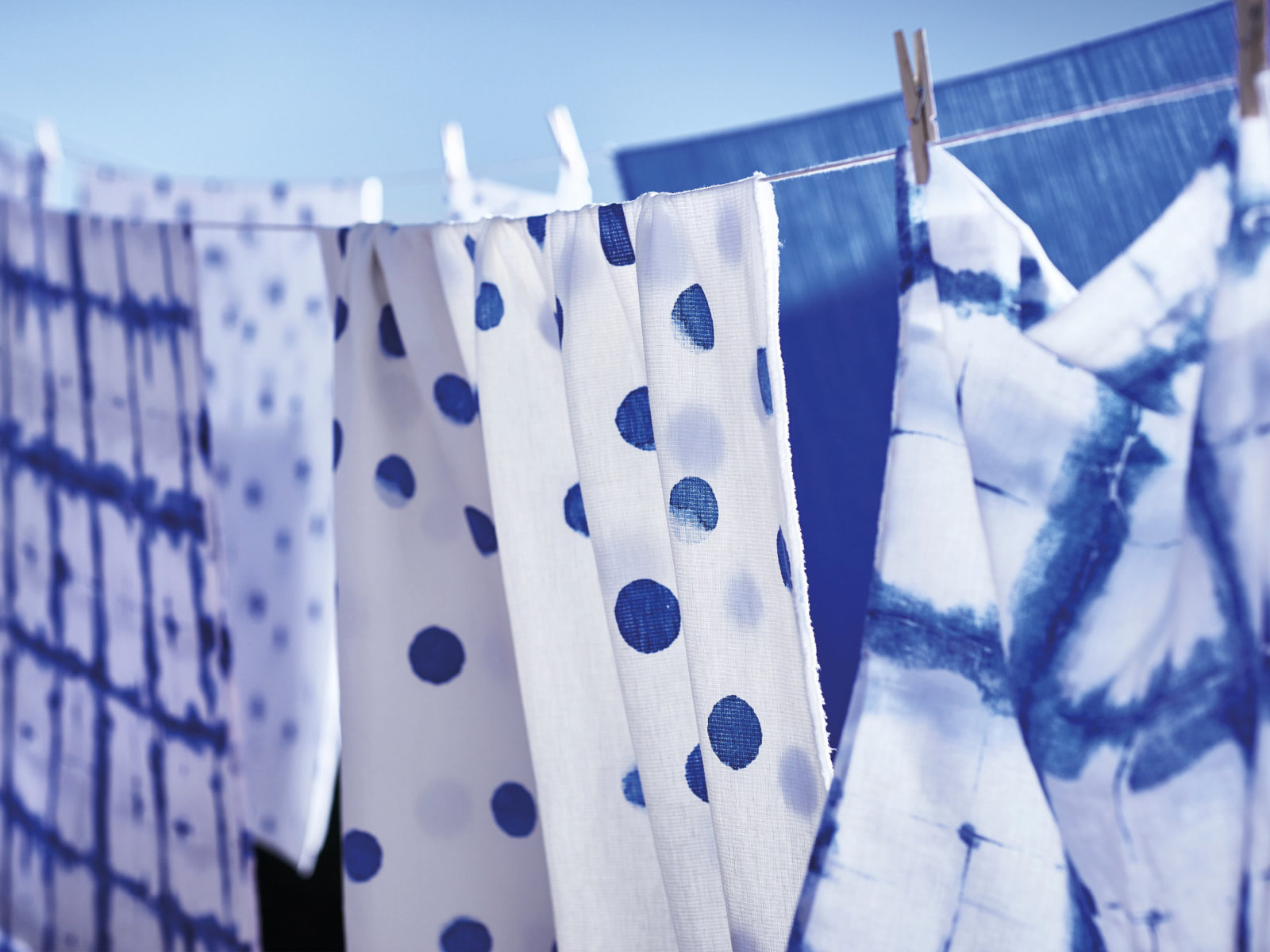
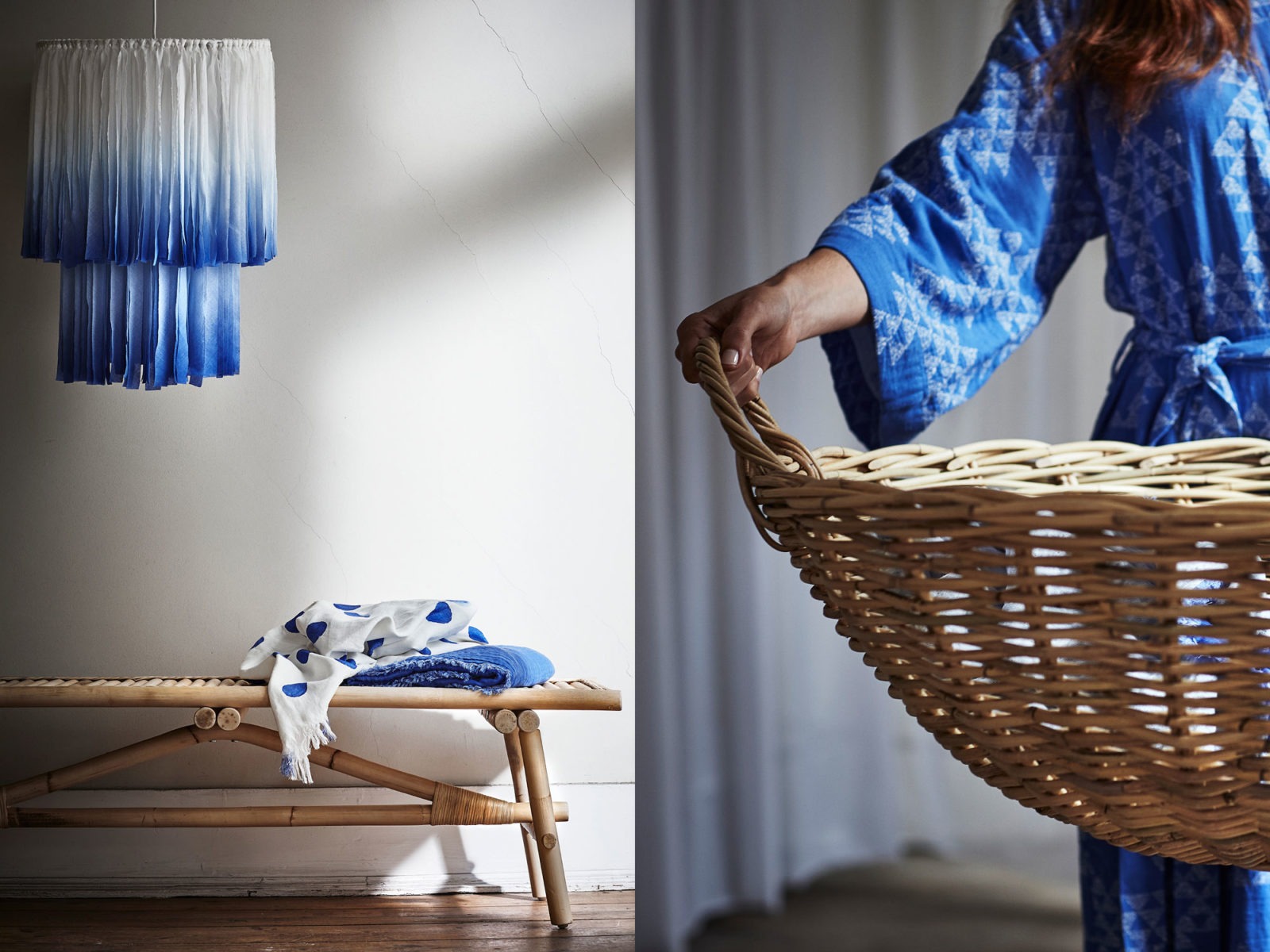
“We are curious and keep up with what’s happening in design, art and fashion,” he explains. “We visit cities around the globe to get inspiration and find new expressions, but then they have to be adapted to our own identity and be possible to mass produce. This teaches us a lot about the latest trends, but that doesn’t mean we have to follow them.”
Instead the focus is on creating solutions that meet people’s needs in the everyday. “We want to create homes that work,” says Mats. “We believe that timeless furniture is more sustainable in the long run. You shouldn’t have to get a new sofa every two years.”
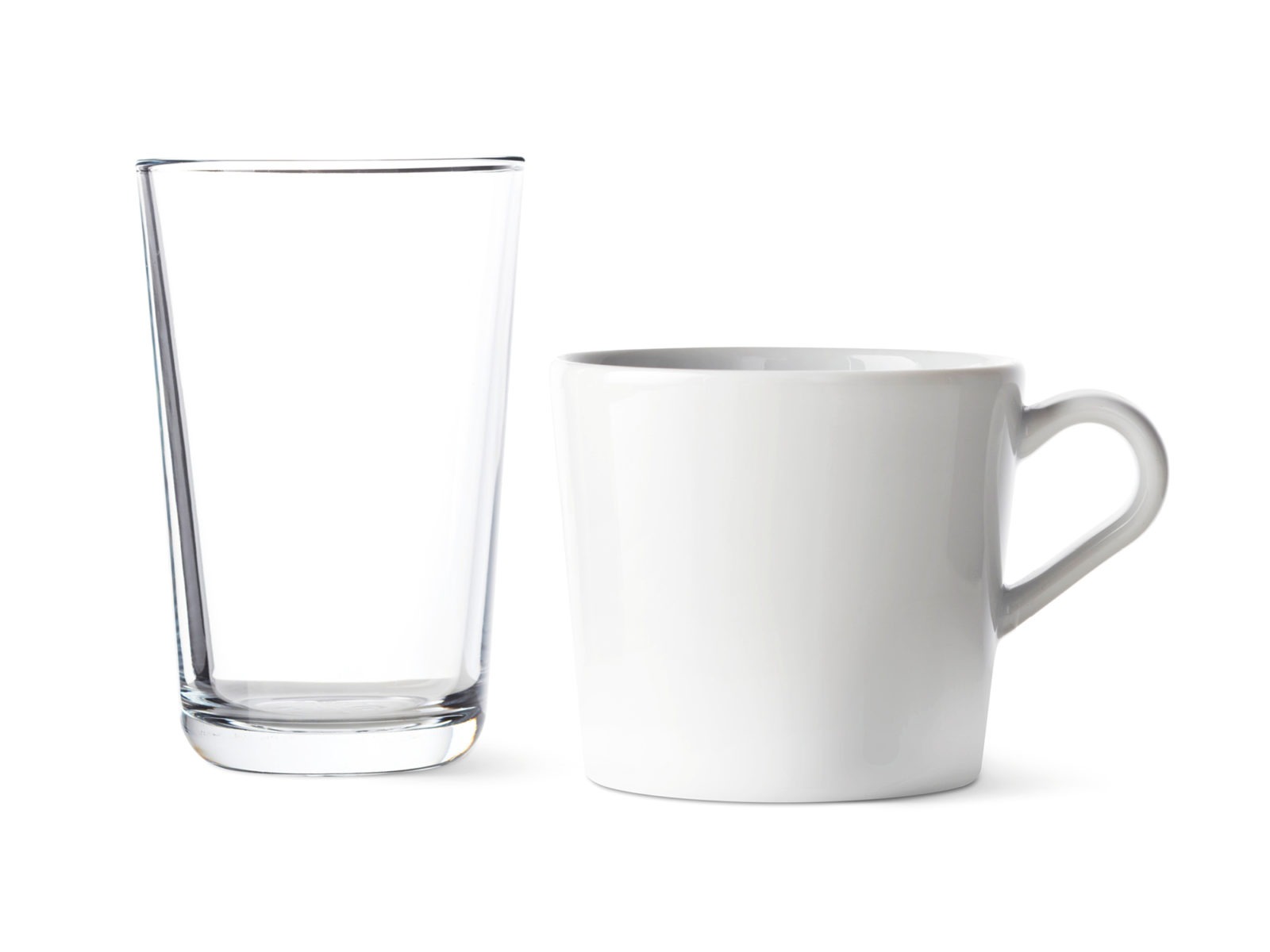
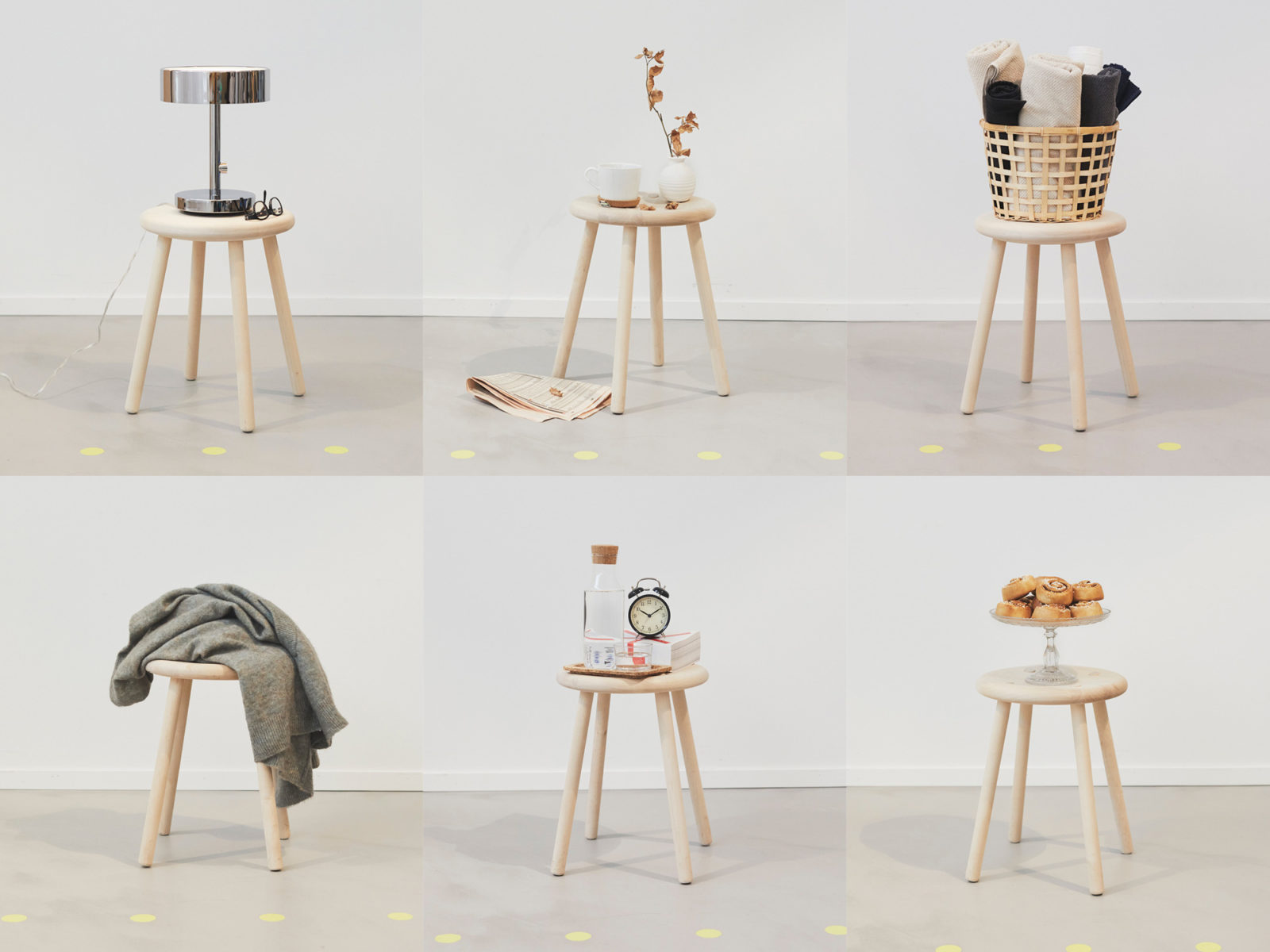
This approach fits very nicely with modern demands on environmental and social sustainability. But IKEA hasn’t always been in harmony with the zeitgeist, says Mats Nilsson: “In the 1970s, IKEA and the outside world were very much on the same page. The spirit of the times suited us perfectly, an age when conventions were being questioned and children’s needs were in focus. The colours were bright, a lot of the upholstery was washable, and the design was unpretentious. That was IKEA in a nutshell. But the 1980s with its fancy, boastful design, leather sofas and glass tables… That wasn’t us at all. Everything had to be ‘luxurious’, and that simply isn’t in our DNA. By the 1990s, the zeitgeist had caught up with us. Scandinavian design was popular internationally, with its minimalist style and simple materials. So the mood was in our favour again.”
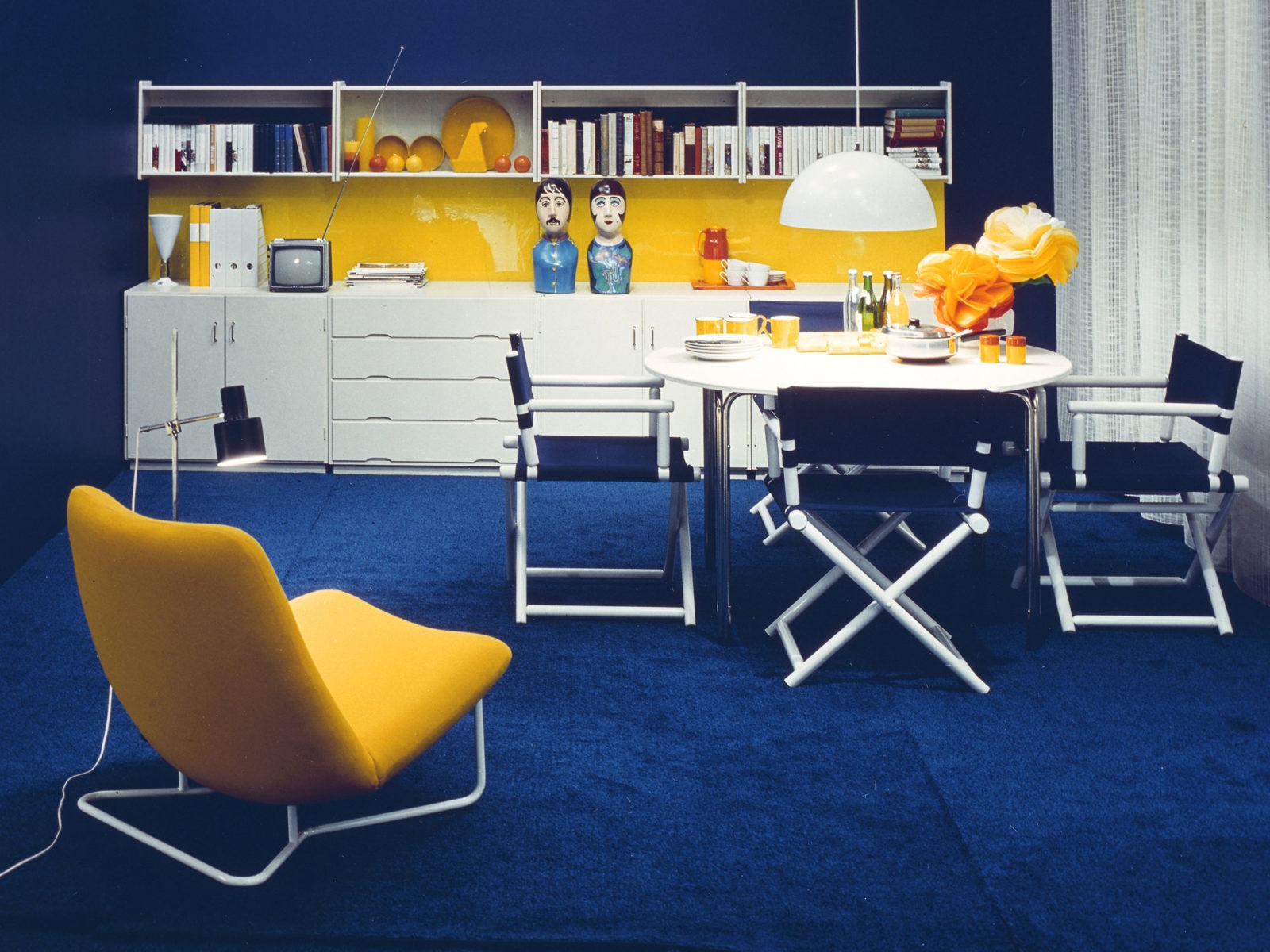
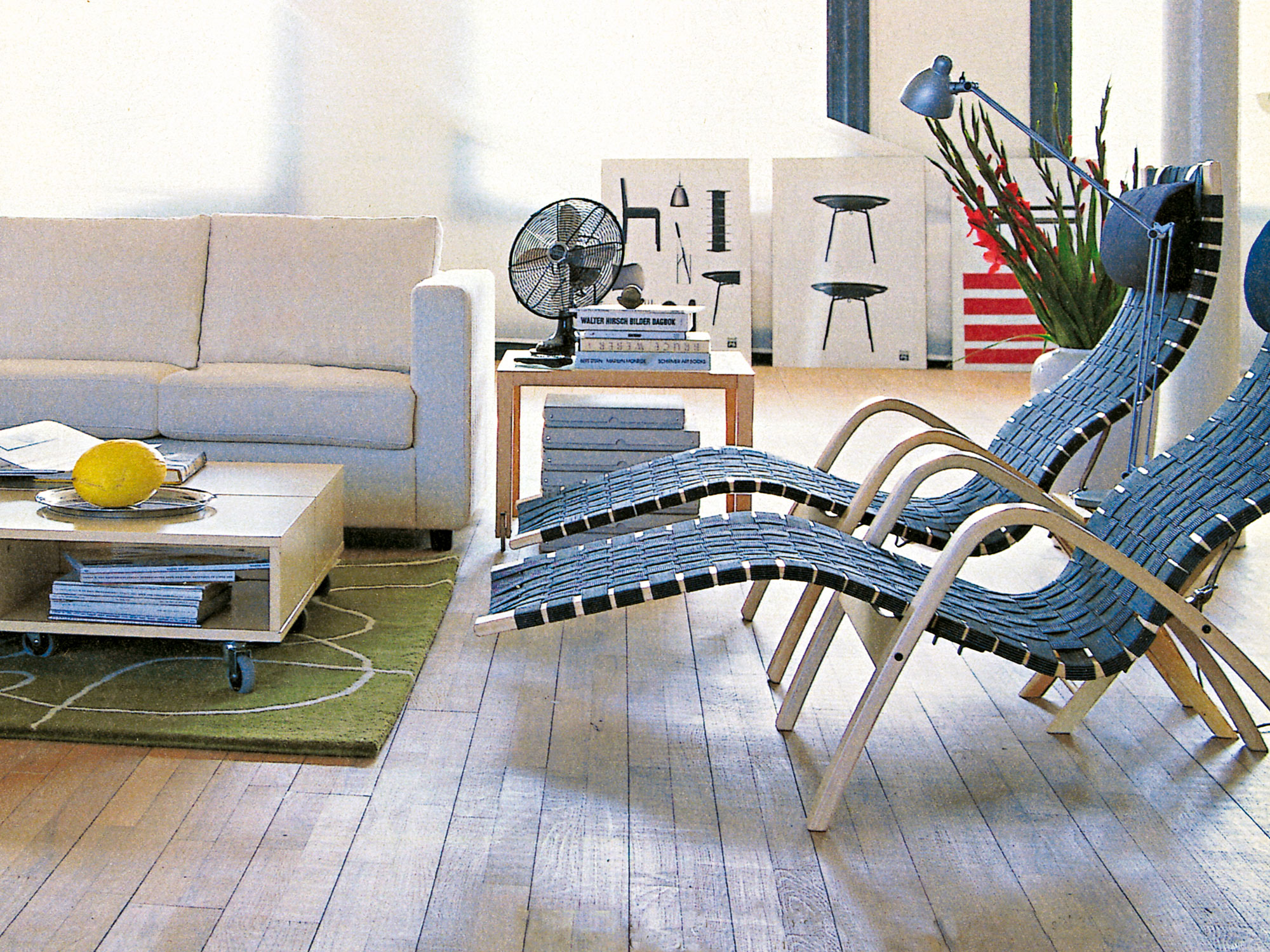
So how does IKEA work with trends? One way of meeting people’s desire for change in the home is to supplement the range of simple, timeless furniture with textiles and other accessories that are reasonably priced and easy to swap.
The temporary collections in collaboration with well-known designers and fashion designers are another way for IKEA to be curious and explore other aspects of design. At the same time a different, more trend-oriented audience can be reached.
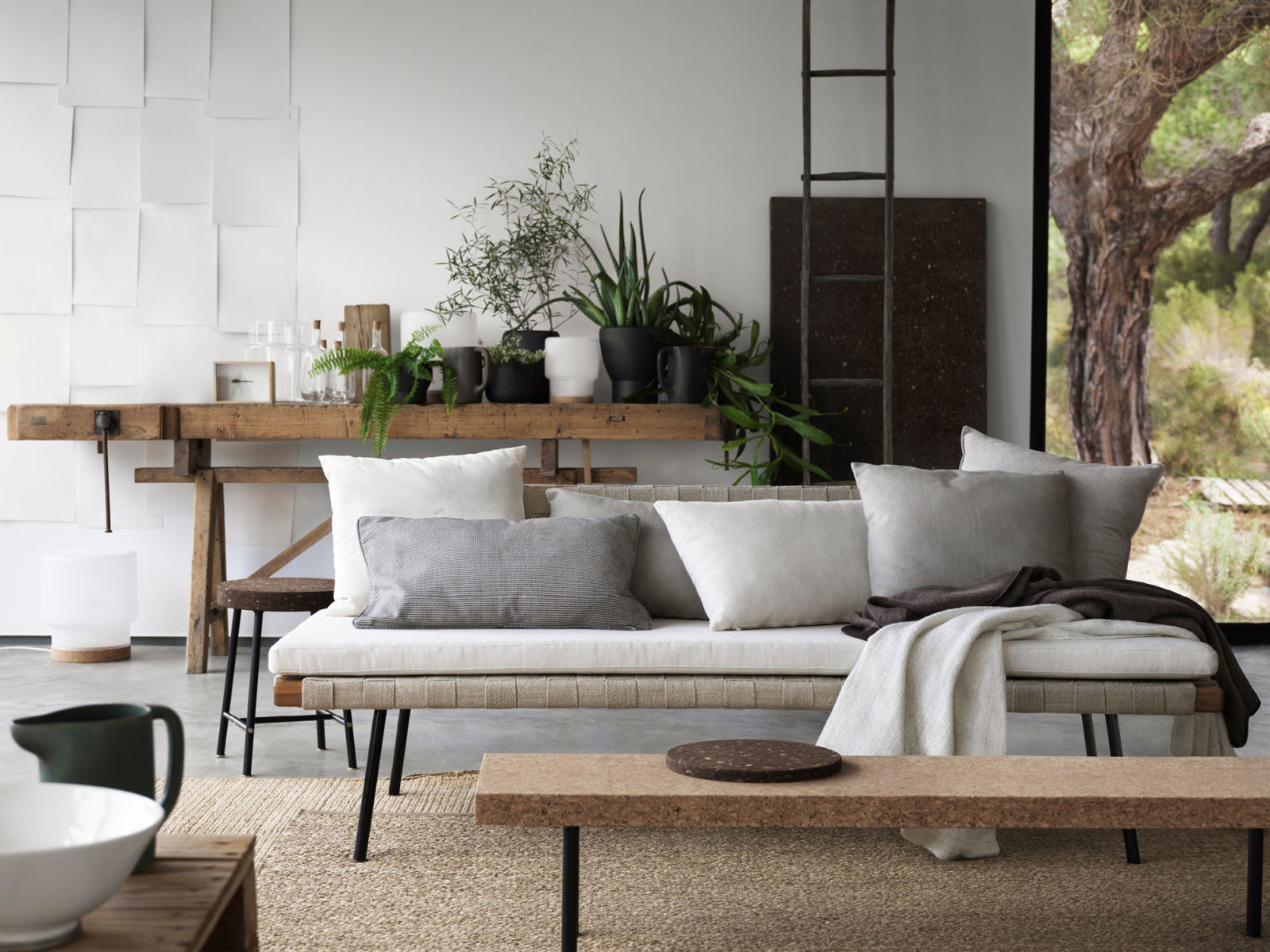
“For us, the temporary collections have mainly been a way to cultivate our curiosity,” says Mats. “We’ve always been curious about new ideas, new materials and new distribution methods. That’s far more important than what colour is popular right now.”
As a global player, IKEA can also play a part in influencing people’s tastes. “If people want greyish-pink products, they’ll find them at IKEA. But we’re also big enough to actually influence trends in home furnishing. If we want to make Christmas completely green, we can do it. That’s confidence boosting for us.”
Nowadays, the range of styles and tastes is wider perhaps than ever before – also at IKEA, where modern and more traditional design live side by side. “In the postmodern society, anything goes,” says Mats. “This is great and very appealing, and it means we can offer a broader spectrum of colours, styles and tastes. But we always have an ideological foundation in everything we do. Our products should be accessible to the many people and create a better everyday life.”

